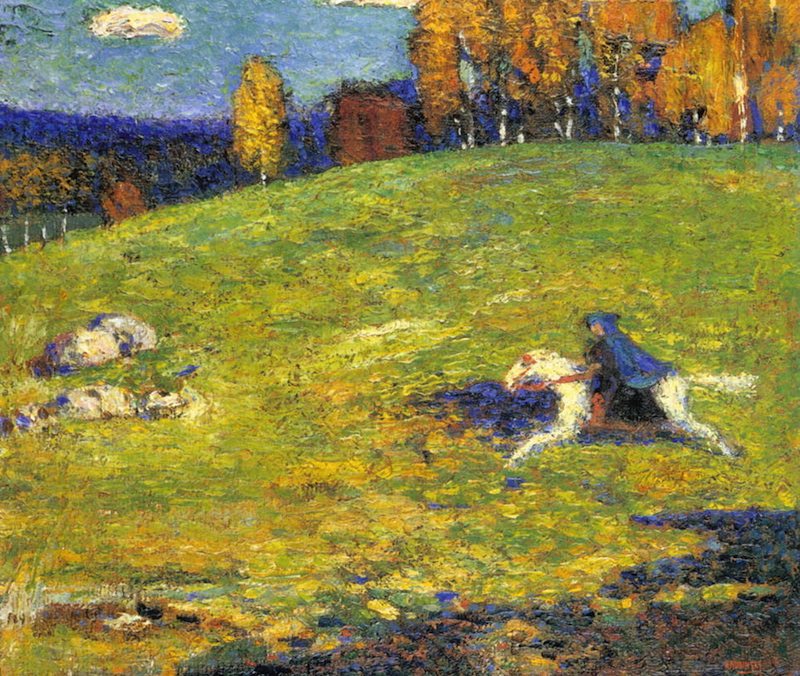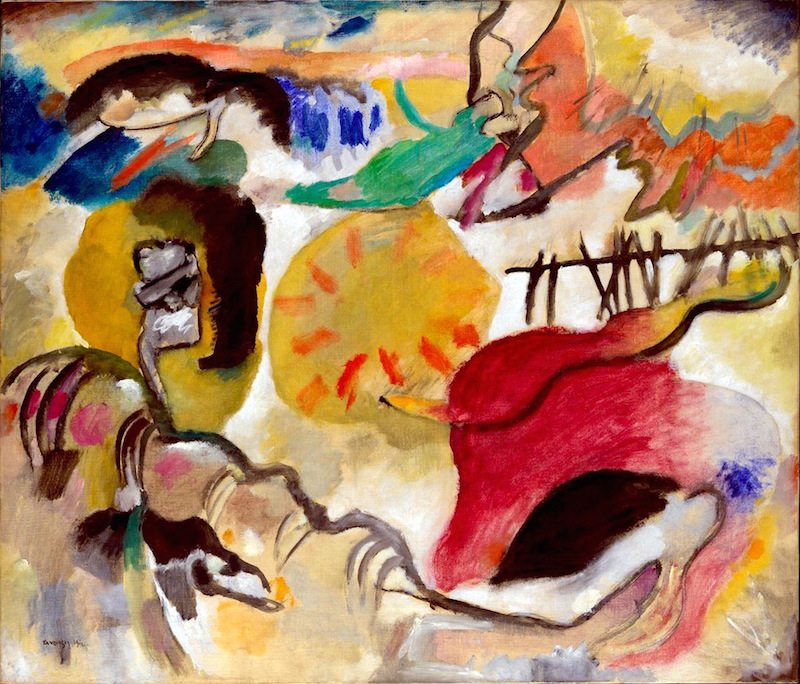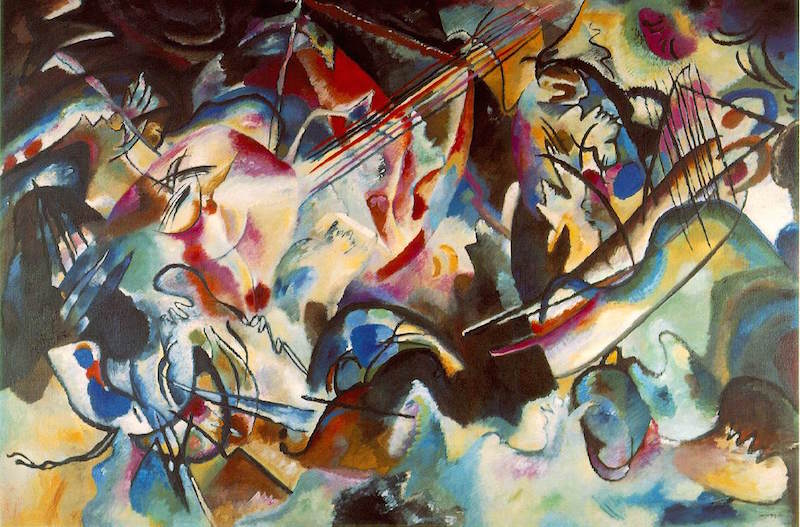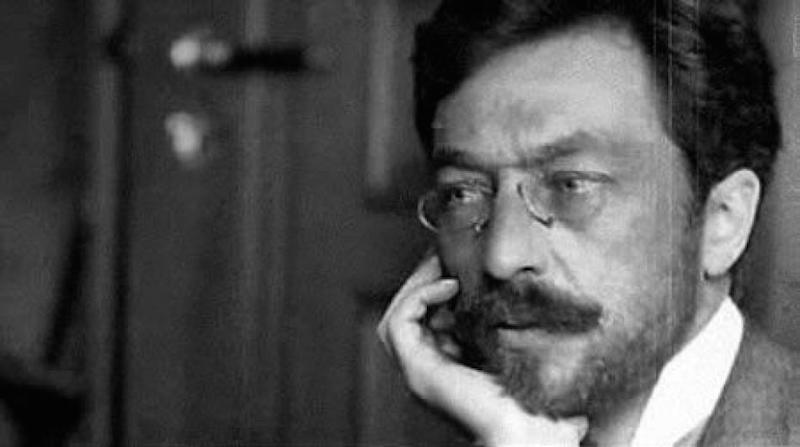Wassily Kandinsky
Episode #7 of the course “Prominent artists of Modern Art”
Russian painter and art theorist Wassily Kandinsky expanded the ideas of modern art and believed in pushing symbolism and expression to the extreme. As one of the founders of abstract art, he is remembered for his ideals that art has a duty to better society by making people aware of their feelings. He believed that realistic images detracted from the true meaning of an artistic work. Born in 1866, Kandinsky became a professor in law and economics before giving it up to enroll in the Munich Academy in 1896. Generally he struggled in art school, and his paintings rarely depict human forms.
 The Blue Rider
The Blue Rider
The central spiritual element of Kandinsky’s art was color. It was important to him that color pulled the viewer into the painting and created a real experience and real reaction that transcended the image on the canvas. His first truly influential work, The Blue Rider, made people understand how gradations and variations of a single color could affect viewers as much as brightly contrasting colors.
 Improvisation 27
Improvisation 27
 Squares with Concentric Circles
Squares with Concentric Circles
Kandinsky’s forms and lines became less distinct over the years as color and the impression of emotion took on a greater meaning. Improvisation 27 and Squares with Concentric Circles are examples of how he used general shapes that do not hold to their distinct form but bleed all over the page. As he began to experiment with the meanings and emotions in patterns and putting colors next to one another, his work became increasingly detached from the traditional style, as can be seen in 1913’s Composition 6. He continued to paint and to be an influential art theorist until his death in 1944.
 Composition 6
Composition 6
Share with friends

